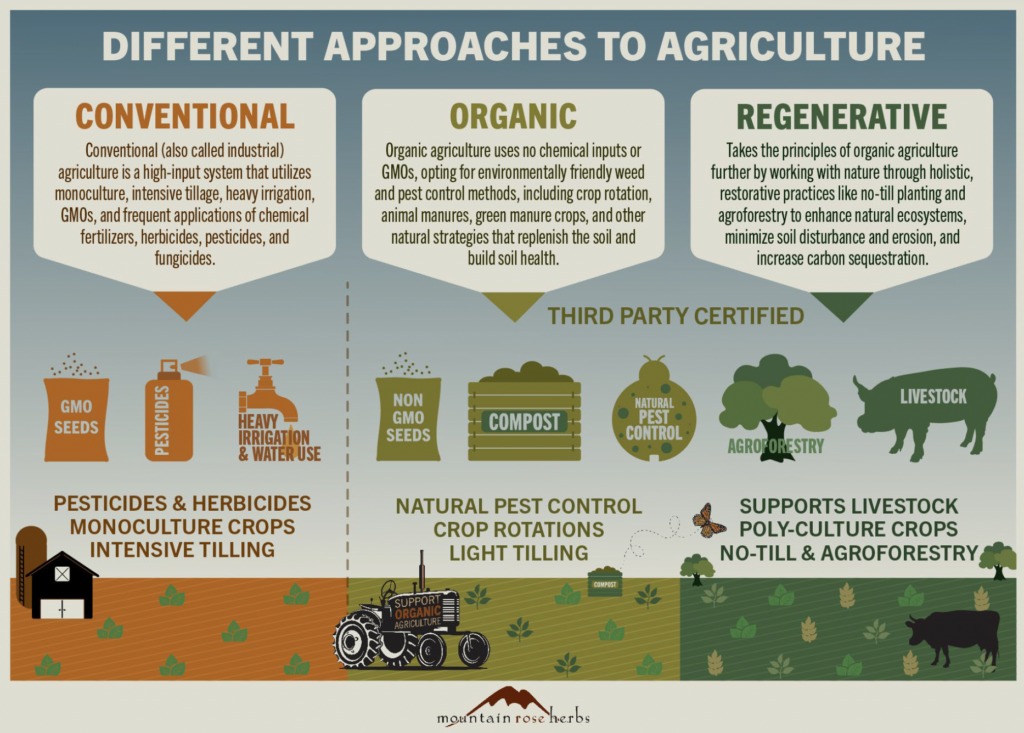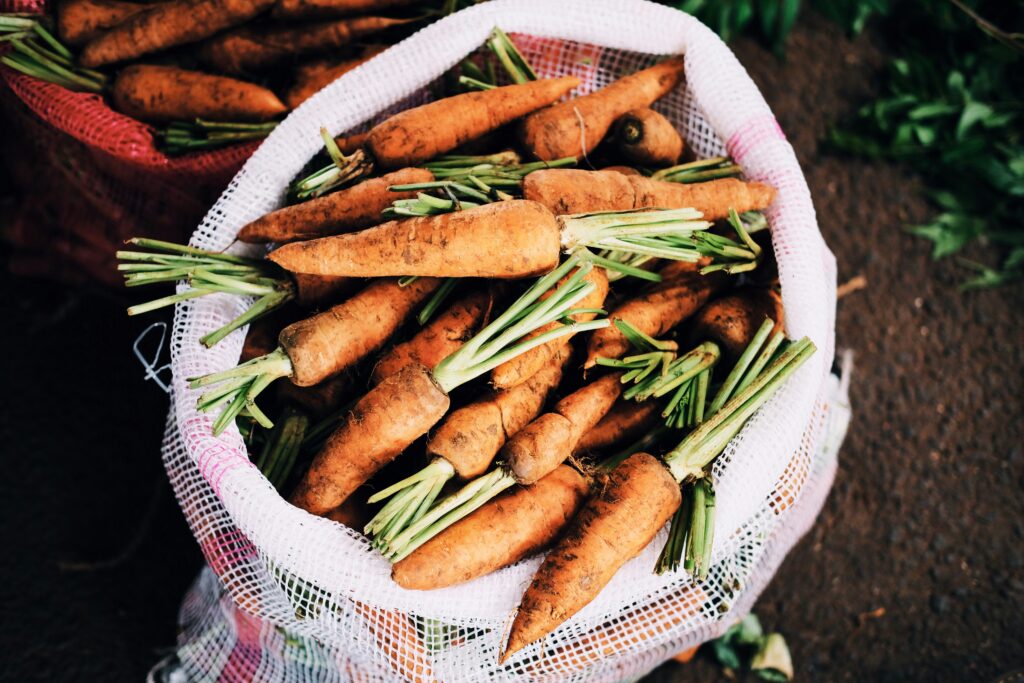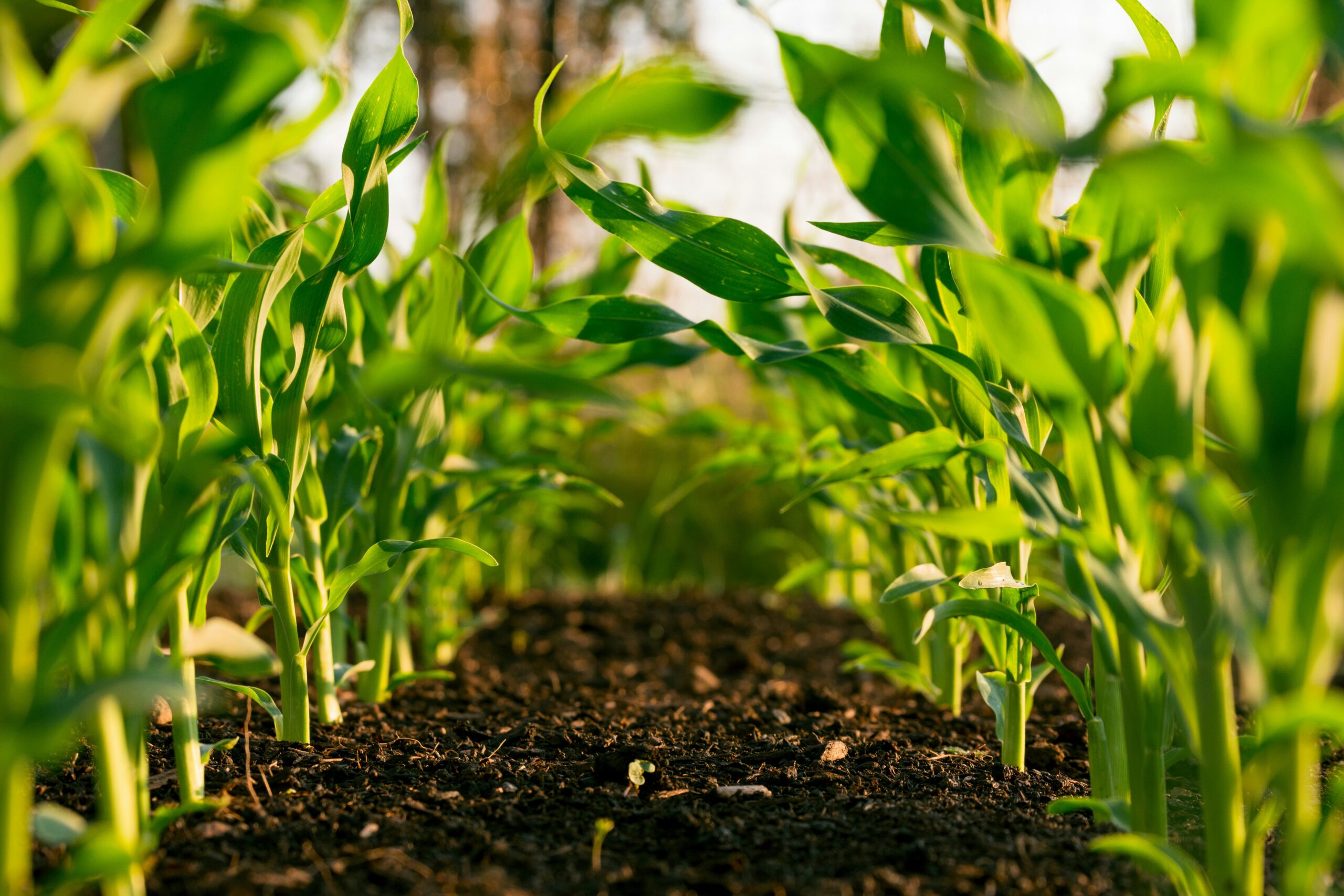A few years ago, I was deeply invested in local food systems and regenerative agriculture. I visited farms, shopped at markets, and cared deeply about how my food was grown and who was growing it. But like many things, that passion got lost in the chaos of life, and, if I’m honest, in my own evolving relationship with food.
As my focus on “clean eating” intensified, I became consumed with trying to source everything perfectly. Every ingredient had to be the best, the purest, the most ethical, and that pressure became exhausting. Ironically, the obsession with getting everything “right” is what pulled me away from regenerative farming altogether. It fueled my orthorexia to ask every single question about food. If something didn’t feel right, then I would be stressed. The original intention—connection, nourishment, sustainability—got buried under perfectionism.
Last week, I attended a nutrition conference, and one session brought me right back to why I cared in the first place. It wasn’t just educational—it was personal. It reminded me that regenerative agriculture isn’t about doing everything perfectly. It’s about supporting soil health, honoring the people who care for the land, and building a more resilient food system. It’s about doing what we can, when we can, and letting that be enough.
Coming back to this work now, with a healthier mindset, feels different. I no longer believe that eating well means controlling every detail or stressing over every label. It means showing up with intention, supporting the farmers who are doing things differently, and being flexible when it’s not possible to do it all. That shift has made this feel sustainable again – for my body, my mind, and the values I hold.
So, what Is Regenerative Agriculture?
Regenerative agriculture is a way of farming that goes beyond organic labels and trendy marketing. At its core, it’s about restoring soil health, biodiversity, and the resilience of ecosystems. Farmers who follow regenerative practices work with nature, not against it, using methods like crop rotation, cover cropping, and rotational grazing.
This isn’t just good for the planet. It directly impacts the nutritional quality of our food. For example:
- Pasture-finished beef has 2.6 times more phytochemicals and 4 times more omega-3s than grain-finished beef.
- Diverse pastures and chemical-free soil produce food that supports your gut, immune system, and long-term health.
- The health of our microbiome, our inner ecosystem, is linked to the health of the soil our food comes from.

Why Labels Aren’t Enough
One of the most powerful messages from the conference was this: food labels don’t tell the whole story. Labels in the grocery store like “Grass-fed,” “free-range,” can be misleading or inconsistent. If we really care about the quality of our food, we should ask questions.
The most trustworthy way to know what you’re eating is to know your farmer.
Here’s the thing I want to pause and say as someone who struggled with orthorexia, this is not about finding the perfect food, or obsessing about what the absolute most organic, “clean” thing you can buy. It’s about supporting local farmers who are doing the things that are going to keep our soil health as healthy as possible as our climate continues to change.

How to Reconnect With Local Farmers who may use Regenerative Agriculture
If it’s been a while since you visited a farmers market or had a conversation with someone growing your food, you’re not alone. But starting again doesn’t have to be overwhelming. Here are some ways to ease back in:
- Start with a search. Use FarmMatch or the Regenerative Farm Map to find local farms.
- Ask questions. When you visit a market, talk to farmers. Ask them how they care for their soil, what their animals eat, or if you can visit the farm.
- Buy one item direct. Whether it’s eggs, greens, or meat, pick one thing you usually buy at the store and start sourcing it from a local farm.
- Plan a visit. Many farmers welcome visitors. A simple email can lead to a powerful experience.
- Share the experience. If you work with clients or in a community space, consider organizing a farm tour or cooking class that supports local producers. This is something I would love to do with my clients!
Why It Matters
Today, fewer than 2% of Americans are farmers, and only a small fraction of those are practicing regenerative or organic methods. Many farmers are struggling with isolation, financial pressure, and lack of support. Suicide rates in agricultural professions are some of the highest in the country, even higher than veterans.
Supporting farmers isn’t just a feel-good gesture. It’s a critical piece of building a sustainable food system. They need us, just as much as we need them!
Final Thoughts
Getting back into this mindset felt like reconnecting with a part of myself I had put on the shelf. If you’ve ever felt passionate about food, sustainability, or supporting your community—and lost touch with it—this is your reminder that it’s not too late.
Start small. Get curious again. Reach out.
The health of our food system starts with the soil, but it grows through relationships.
Huge thanks to Sara Keough, MS, CNS, LDN for sharing her knowledge & passion about this topic at the ANA symposium!



